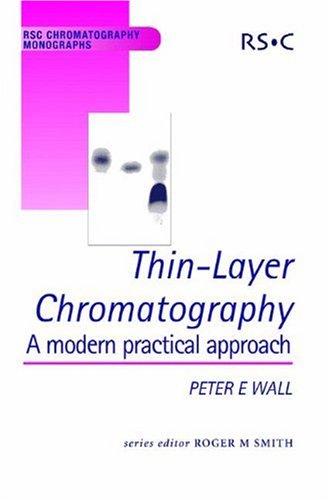

Most ebook files are in PDF format, so you can easily read them using various software such as Foxit Reader or directly on the Google Chrome browser.
Some ebook files are released by publishers in other formats such as .awz, .mobi, .epub, .fb2, etc. You may need to install specific software to read these formats on mobile/PC, such as Calibre.
Please read the tutorial at this link: https://ebookbell.com/faq
We offer FREE conversion to the popular formats you request; however, this may take some time. Therefore, right after payment, please email us, and we will try to provide the service as quickly as possible.
For some exceptional file formats or broken links (if any), please refrain from opening any disputes. Instead, email us first, and we will try to assist within a maximum of 6 hours.
EbookBell Team

4.3
8 reviewsWall P.E. Thin Layer Chromatography - A Modern Practical Approach [RSC Chromatography Monographs] 2005 [pdf 194sc 184c. 1.48mb]
Thin-Layer Chromatography (TLC) is a modern, reliable tool that complements other chromatographic techniques. This book provides a practical guide to the basic principles, procedures, and pitfalls on the practical application of TLC. Thin Layer Chromatography: A Modern Practical Approach offers a sequence of chapters following the steps of the technique as the chromatographer would follow them. The chapters provide a choice of sorbent best suited to the separation intended, followed by pre-treatment required for the sample, applying the sample to the sorbent layer, development procedure, visualisation and detection, and finally quantification. Imaging and hyphenation techniques are described. The reasons why recommendations are made for specific and more general methods are covered. The book also provides an overview of some recent developments in the field. This practical guide is an invaluable introduction to Thin-Layer Chromatography, and will be welcomed by undergraduate students and the practising chromatographer in industry and academia.